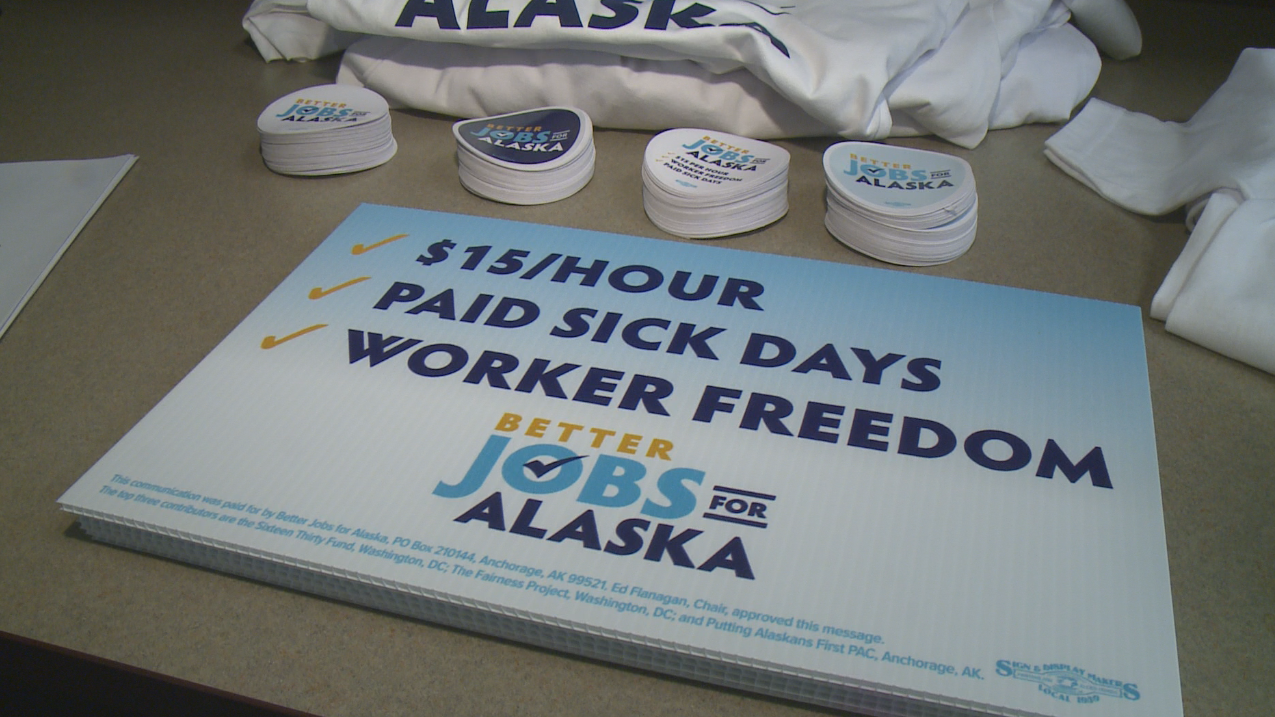A recent study reports that the top non-insurance benefit U.S. workers want with an employer is paid time off (PTO) at 39%. However, when digging a bit further, there is more to the story.
Employees are not using PTO
According to a new study, 55% of PTO has gone unused in 2022 compared to 37% in 2019, before the pandemic. This number means that the average employee holds over $3000 in accrued unused PTO, equating to $318B in annual accrued PTO liabilities for U.S. employers.
Moreover, this number can go even higher for companies allowing employees to carry these benefits to the following year. For example, many companies give pay increases in January. If they carry over unused PTO benefits from the previous year with a lower pay rate, the company pays out PTO benefits at a rate higher than when accrued by the employee. Because of this, many companies cap the amount of PTO an employee can carry over from the previous year.
Why employees are not using PTO
The real question is why employees are not using their PTO benefits. One answer comes down to copying what management does. A case study by Protective Life Insurance seems to provide evidence. They compared the average amount of PTO used by employees against the amount used by their direct managers. The results found that, on average, among those managers who used more of their PTO, their employees did the same. Conversely, among managers who used less of their own PTO, on average, their direct reports used less of their PTO.
In the study, 24% of employees do not feel comfortable asking for time off from their manager. In addition, 16% of employees feel it is logistically challenging to take time off. Many employers still require employees to submit a paper form to request time off. Employees often have anxiety when facing their manager to present this paper request.
This relationship between manager and employee PTO is even more prevalent in companies that offer Unlimited PTO. On average, employees under an Unlimited PTO policy take only 6.8 days of PTO versus 9.0 days for those with a traditional PTO policy.
The study also shows that the correlation between the amount of PTO used and employee retention is also evident. The higher the number of PTO hours used, the lower the resignation rates. Conversely, the lower the amount of PTO hours used, the higher the resignation rates. While employees consistently want more PTO hours, they are more likely to leave the company if they do not use those hours.
In summary, it is not enough to offer paid time off. Employers must actively encourage their employees to use the time off provided.
How can we help?
Time Equipment Company offers Leave Management with its world-class Time and Attendance software. Many administrative tasks can be easily automated, like tracking hours worked, calculating paid time off rules, and reporting accrual and available balances. Both employers and employees can see their balances for the various leave benefits.
Employees can make a time off request electronically, avoiding the anxiety of submitting a paper request to their manager. Approved requests are tracked on the schedule, time card, and payroll, all with the click of one button. In addition, these balances can be migrated to your payroll provider to maintain accurate records and compliance.
For more information about Leave Management, contact Time Equipment Company at 800-997-8463 or sales@timeequipment.com.










